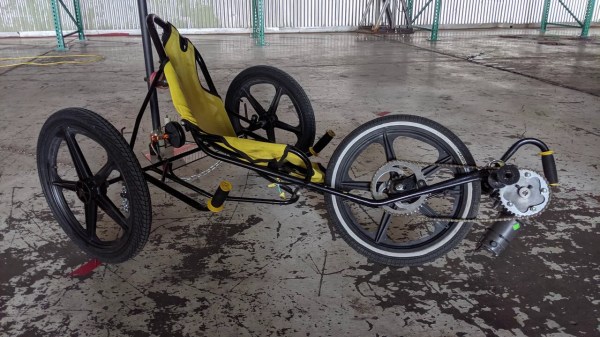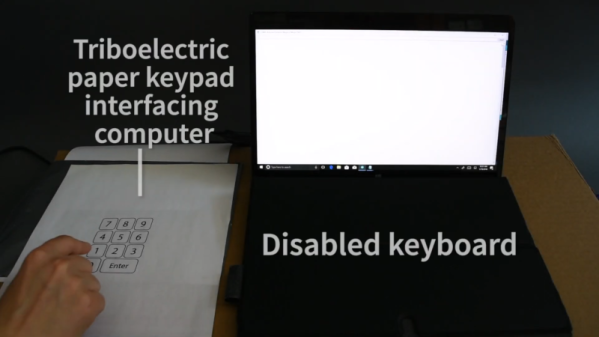Just going by the numbers, it’s a pretty safe bet that most Hackaday readers own an Android device. Even if Google’s mobile operating system isn’t running on your primary smartphone, there’s a good chance it’s on your tablet, e-reader, smart TV, car radio, or maybe even your fridge. Android is everywhere, and while the development of this Linux-based OS has been rocky at times, the general consensus is that it seems to have been moving in the right direction over the last few years. Assuming your devices actually get the latest and greatest update, anyway.
So it’s not much of a surprise that Android 11, which was officially released yesterday, isn’t a huge update. There’s no fundamental changes in the core OS, because frankly, there’s really not a whole lot that really needs changing. Android has become mature enough that from here on out we’re likely to just see bug fixes and little quality of life improvements. Eventually Google will upset the apple cart (no pun intended) with a completely new mobile OS, but we’re not there yet.
Of course, that’s not to say there aren’t some interesting changes in Android 11. Or more specifically, changes that may actually be of interest to the average Hackaday reader. Let’s take a look at a handful of changes and tweaks worth noting for the more technical crowd.
Continue reading “Google Turns Android Up To 11 With Latest Update”













